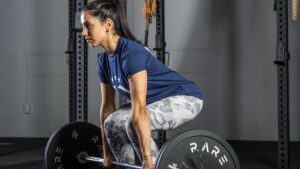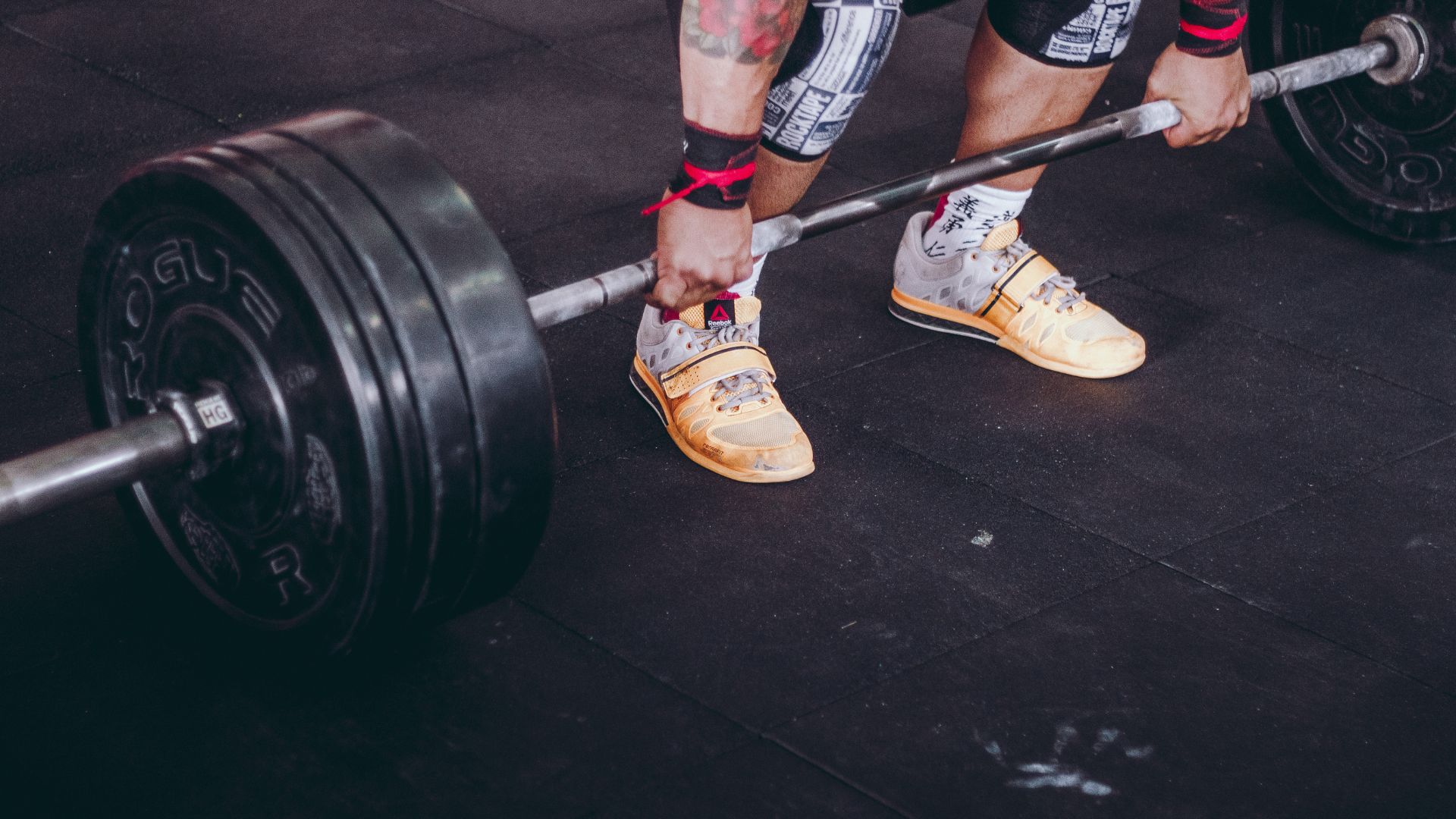Do you ever question the foundation of your gym workouts?
Do you wonder if deadlifting before squatting or the other way around is the key to achieving your optimum strength goals? What are the pros and cons of squatting before deadlifting?
Are there certain situations where one is better than the other? What impact does sequencing have on your form and performance?
Let’s talk about the age old question: Is one better than the other? Does squatting first give you more power and efficiency? Will it really make a difference? Let’s take a deep dive into what science has to say about this popular exercise routine and determine if squatting before deadlifting is the right choice for your workout regimen.
Yes, it’s generally a good idea to squat before deadlifting. Squats engage many of the same muscle groups as deadlifts, such as the glutes, hamstrings, and lower back, and can help prime those muscles for the heavier lifting of deadlifts. squats require more technical skill and control, so doing them first when you’re fresh is typically better for form and injury prevention. That being said, everyone’s body and training goals are different, so it’s important to listen to your body and adjust your workout accordingly.
Yes, it’s a good idea to squat before dead lifting.
So, let me explain further here.
Squats are a compound exercise that work multiple muscle groups at once, including the glutes, quads, hamstrings, and lower back.
Deadlifts also work these same muscles, but with a heavier emphasis on the lower back and hamstrings.
By doing squats first, you are warming up and activating these muscle groups, allowing them to be better prepared for the heavier load of deadlifts.
squats require more technical skill and control than deadlifts, as you need to maintain proper form throughout the movement to avoid injury.
By doing squats first, you are able to perform them with better form and control, which can carry over to your deadlifts as well.
However, it’s important to note that this is a general guideline and may not apply to everyone.
Everyone’s body and training goals are unique, so it’s important to listen to your body and adjust your workout accordingly.
Some people may find that they prefer to deadlift before squatting, or alternate between the two exercises in their workout routine.

Squats require more technical skill and control, so doing them first is better.
Squats are a complex movement that require proper technique and control to execute safely and effectively.
Proper form during squats involves keeping your chest up, engaging your core, and keeping your knees in line with your toes.
you need to ensure that you are squatting to an appropriate depth for your body and mobility level, which can vary from person to person.
When you’re fresh and energized at the beginning of your workout, you have better control over your movement and are less likely to make mistakes that could lead to injury.
By doing squats before you’re fatigued, you’re able to focus on maintaining proper form and technique, which can help prevent injuries like strains, sprains, or even more serious injuries like spinal damage.
If you were to do squats after deadlifts or other exercises that fatigue the lower back and legs, you may be more likely to compromise your form due to fatigue or lack of control. This can increase your risk of injury, especially if you’re lifting heavy weights.
doing squats first when you’re fresh and energized can help you perform the exercise with better form and control, which can reduce your risk of injury and allow you to get the most out of your workout.
Everyone’s body and training goals are different, so listen to your body and adjust your workout accordingly.
When it comes to fitness, there is no one-size-fits-all approach. Each individual has unique body composition, fitness level, and training goals.
Therefore, it’s essential to listen to your body and adjust your workout accordingly.
This means paying attention to how your body responds to different exercises, how much rest it needs, and what type of training produces the best results for you.
For instance, if you’re feeling fatigued or experiencing pain during a workout, it’s crucial to take a break or modify the exercise to prevent injury.
Additionally, if your fitness goal is to build muscle mass, your training routine will differ from someone who wants to lose weight or improve cardiovascular health.
By listening to your body, you can adjust your workout routine to suit your unique needs and goals. This not only helps you avoid injury but also maximizes the effectiveness of your training.
So, make sure to pay attention to your body and work with a fitness professional to design a workout plan that’s tailored to your individual needs.
There is no one-size-fits-all answer to whether you should squat before deadlifting, as it depends on individual body composition, fitness level, and training goals. However, here is a general chart that can help guide your decision:
Pros of squatting before deadlifting |
Cons of squatting before deadlifting |
|---|---|
| – Can help activate and warm up the muscles used in both exercises | – May fatigue the legs before deadlifting, reducing performance and increasing injury risk |
| – Can improve form and reduce the risk of injury during squats | – May not be necessary for everyone, depending on individual fitness level and goals |
| – Can help establish a consistent warm-up routine | – May require more time and energy at the beginning of the workout |
As you can see, there are pros and cons to squatting before deadlifting, and it ultimately depends on your individual needs and goals. If you’re not sure what’s best for you, consider working with a fitness professional who can help design a workout plan that’s tailored to your unique needs.
Conclusion
In conclusion, squatting before deadlifting is generally a good idea as it can help warm up and activate the muscles used in both exercises, and can improve form and reduce the risk of injury during squats.
However, it’s important to note that this is not a hard and fast rule and may not apply to everyone. Each person’s body and training goals are unique, so it’s important to listen to your body and adjust your workout accordingly.
By paying attention to your body and working with a fitness professional, you can design a workout plan that is safe, effective, and tailored to your individual needs.

Hey there, it’s Mike Rrsq, the Editor-in-Chief over at Jsquat.com, and I’m absolutely obsessed with all things squat fitness! I’ve been lucky enough to get some serious recognition for my work in this field. With a solid background in the fitness and wellness industry, I’ve been there right from the get-go, helping shape this website into what it is today.
You see, I’m not just the boss around here; I’m also a passionate contributor. I love sharing my insights through my articles, and trust me, they’re not your run-of-the-mill stuff. Each piece I write is a labor of love, filled with my expertise and real-world experience in the fitness universe. So, if you’re into fitness and looking for some inspiration, you’re in the right place!

